Calling the new VCARB-01 a clone of the RB19 may be considered an understatement.
The Faenza-based team's single-seater not only incorporates practically all the characteristics of the 2023 championship-winning car but even takes its concepts to the extreme and integrates elements seen on other rival cars.
Undoubtedly the VCARB-01 starts from the RB19 concept with regards to the suspension, with the front pull-rod and the multi-link rear push-rod connected to the gearbox also inherited from the Red Bull of last season.
The sidepods are striking due to the extreme reduction of their volumes and the smaller air inlets. The section of the channel between the sidepods and the floor has been maximised by the designers, effectively taking advantage of the side anti-intrusion cones. This generates a 'mini barge board' of type, integrated into the floor of the car and was possible thanks to a very compact packaging of all the Power Unit elements.
The upper profile of the sidepod is sloping as on the RB19 but also integrates the upper channel characteristic of last year's Aston Martin and Alpine. The rear venting is huge to guarantee an adequate heat exchange but also to energise the air stream towards the beam wing.
No gills - or louvres - [probably a few horizontal ones on the base of the engine hood will be used in hot weather conditions] are placed on the bodywork at this stage. The rear lower section of the bodywork is very narrow, effectively wrapping around the gearbox, which characterises the entire mechanical part of the rear axle.
The shape of the nose is interesting, ending at the height of the leading edge of the front wing but, above all, it highlights a sculpted lower section that connects with the lower keel profile of the chassis. The details of this car are very refined, and denote the care typical of a top team and not of a junior team.
The ambition of the Red Bull group to increase the level of competitiveness of the Faenza-based team's single-seaters is very evident. It also offers a glimpse at how much the RB20 could be even more extreme in its concepts, starting from the very high level of the aerodynamic study of the VCARB-01.
It seems reasonable to think that the two cars will be based on conceptual foundations that can be perfectly integrated with each other, favouring coherent development on both cars. A strategy that is unlikely to be well accepted by rival teams, seeing the renewed Faenza team in the role of dangerous partner on the track of the already dominant team from Milton Keynes.
Don't miss out on any of the Formula 1 action thanks to this handy 2026 F1 calendar that can be easily loaded into your smartphone or PC.
Download the calenderMost read
In this article
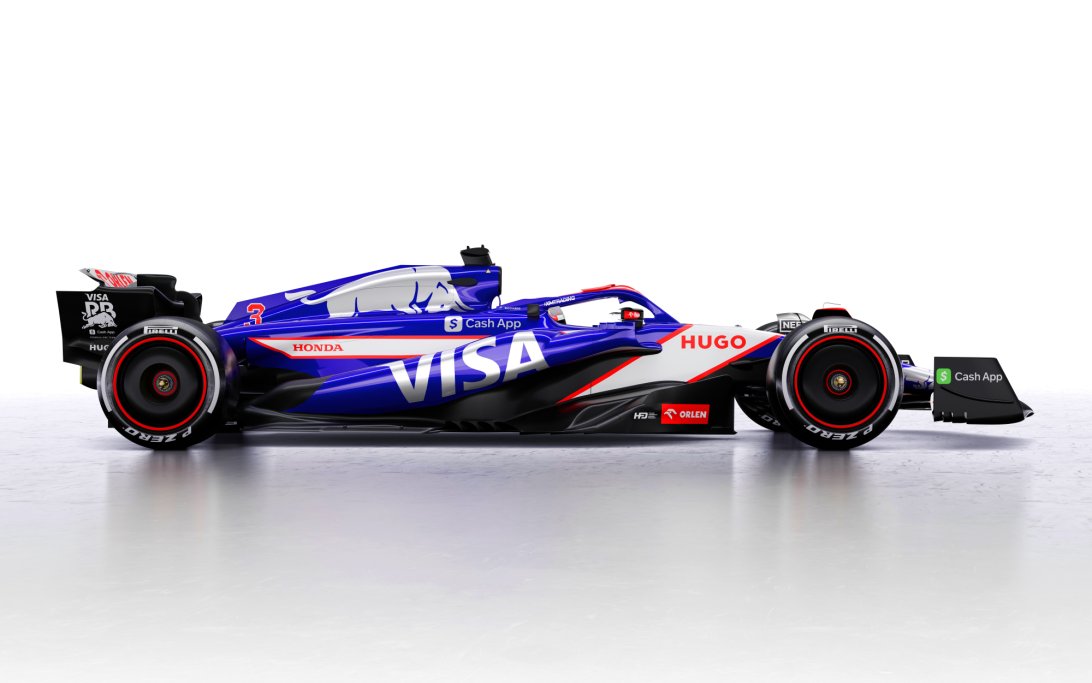
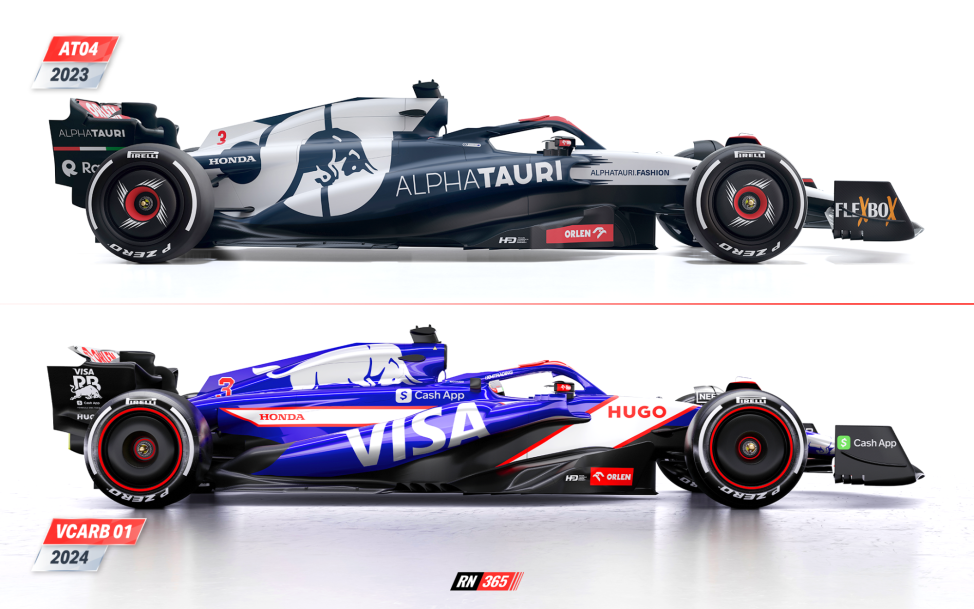
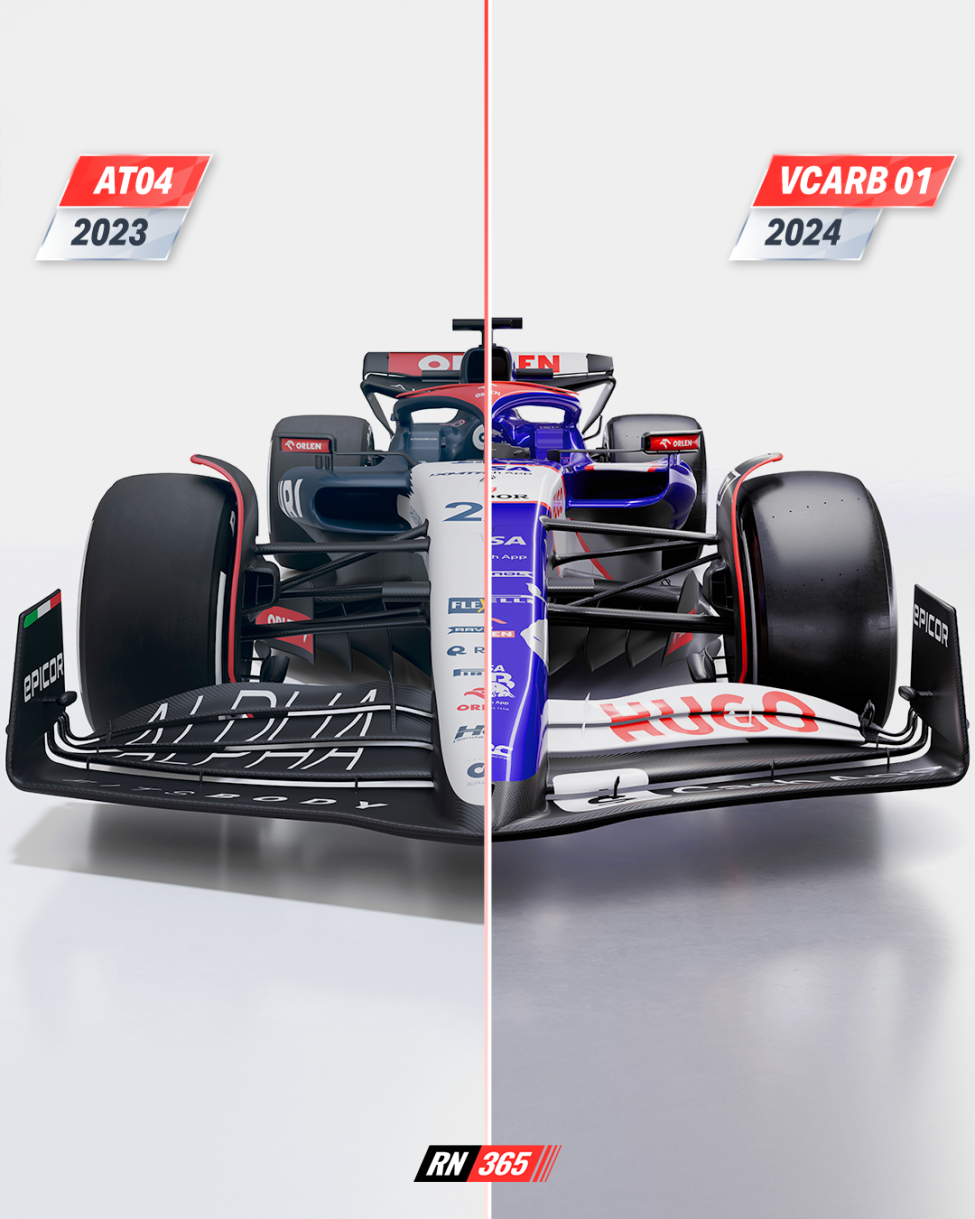

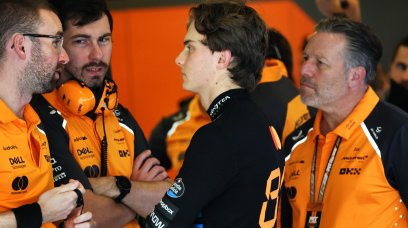
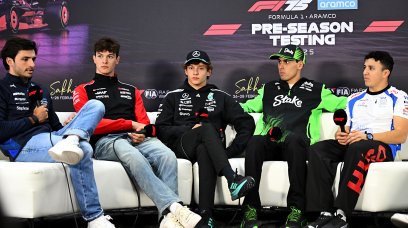
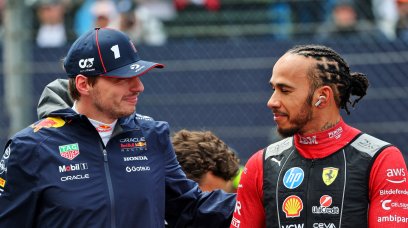

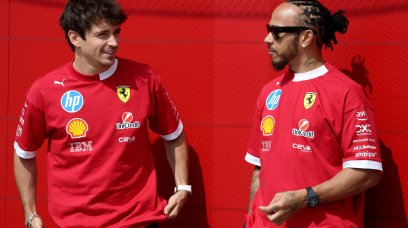
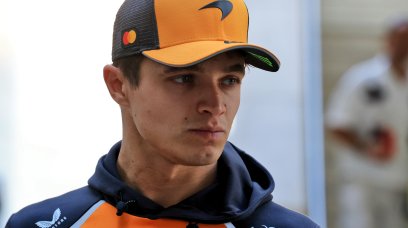
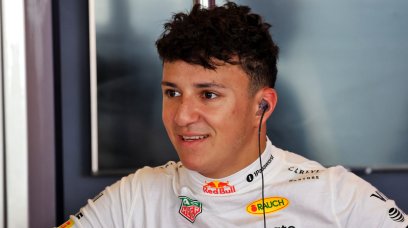
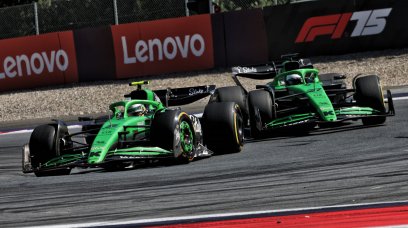
Join the conversation!